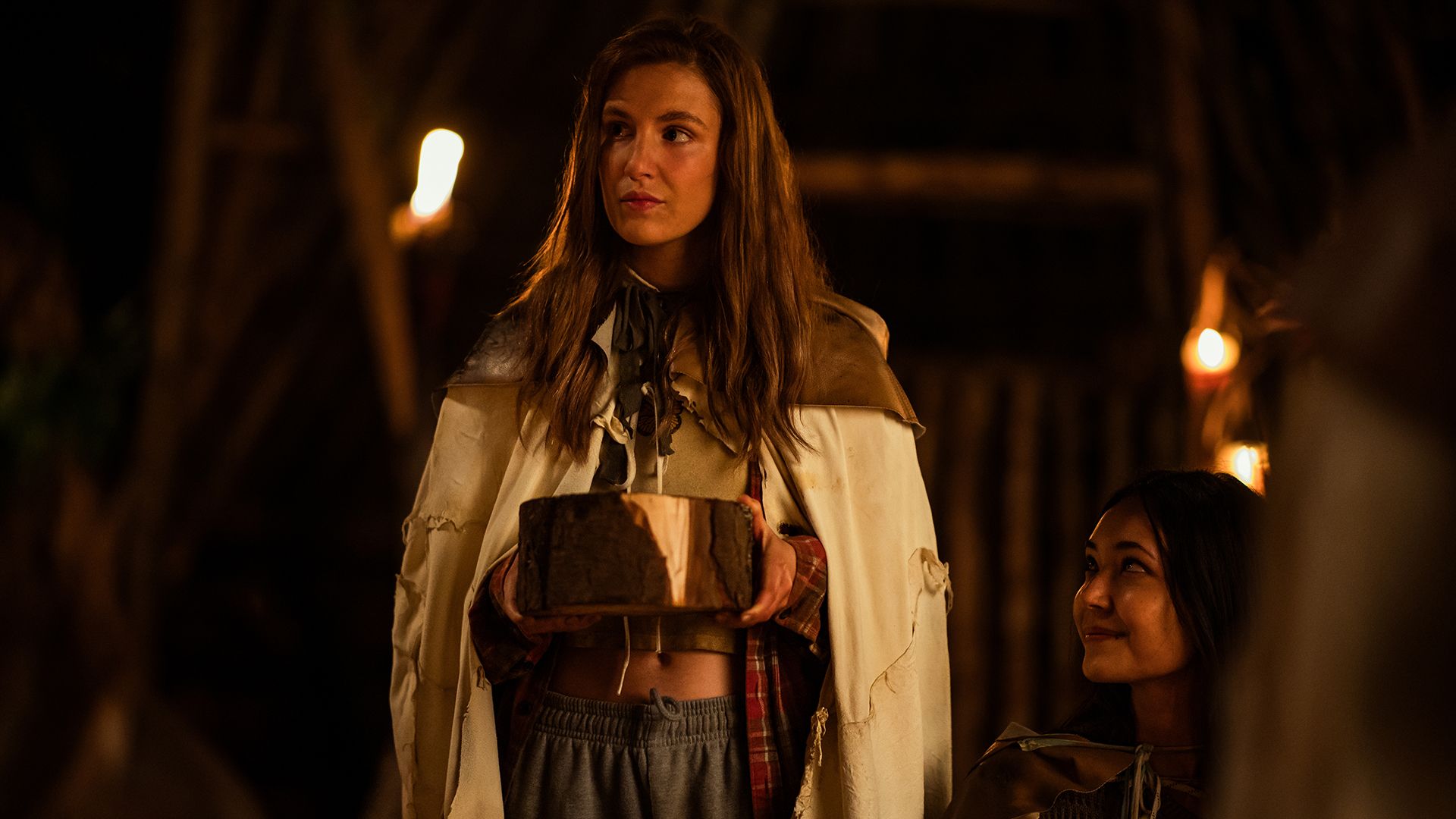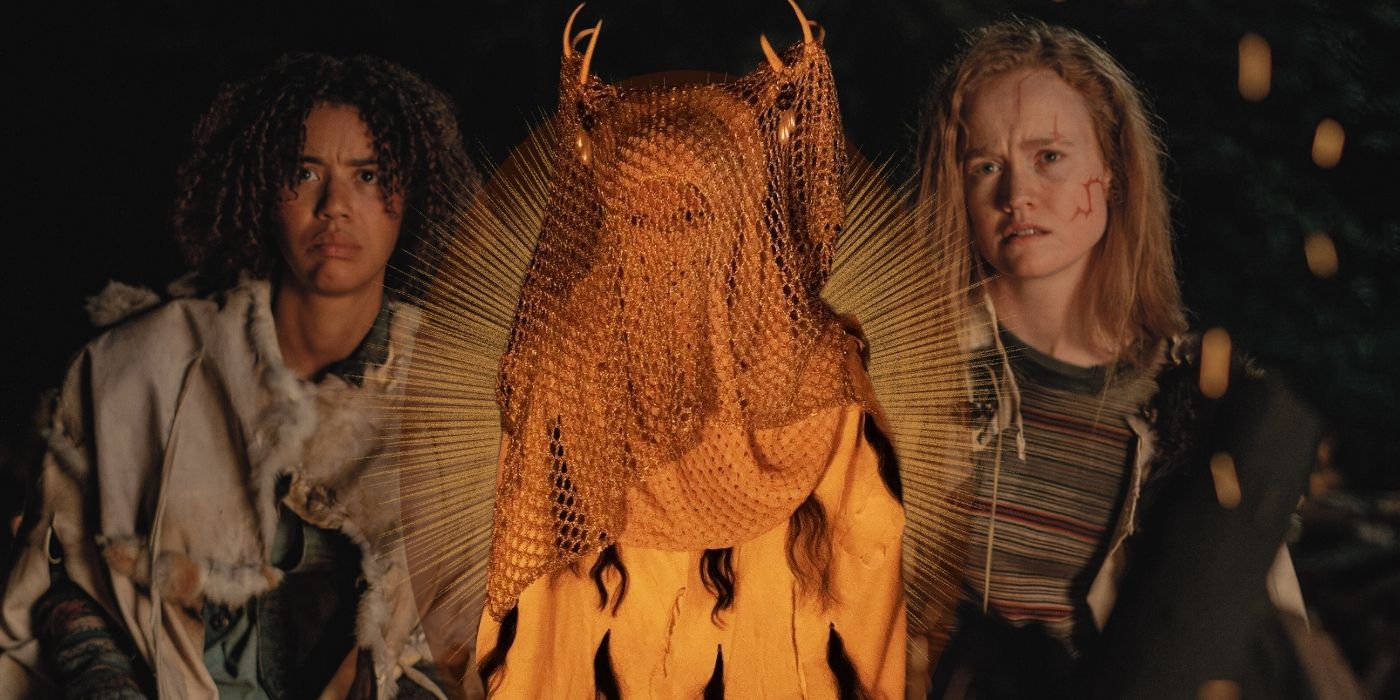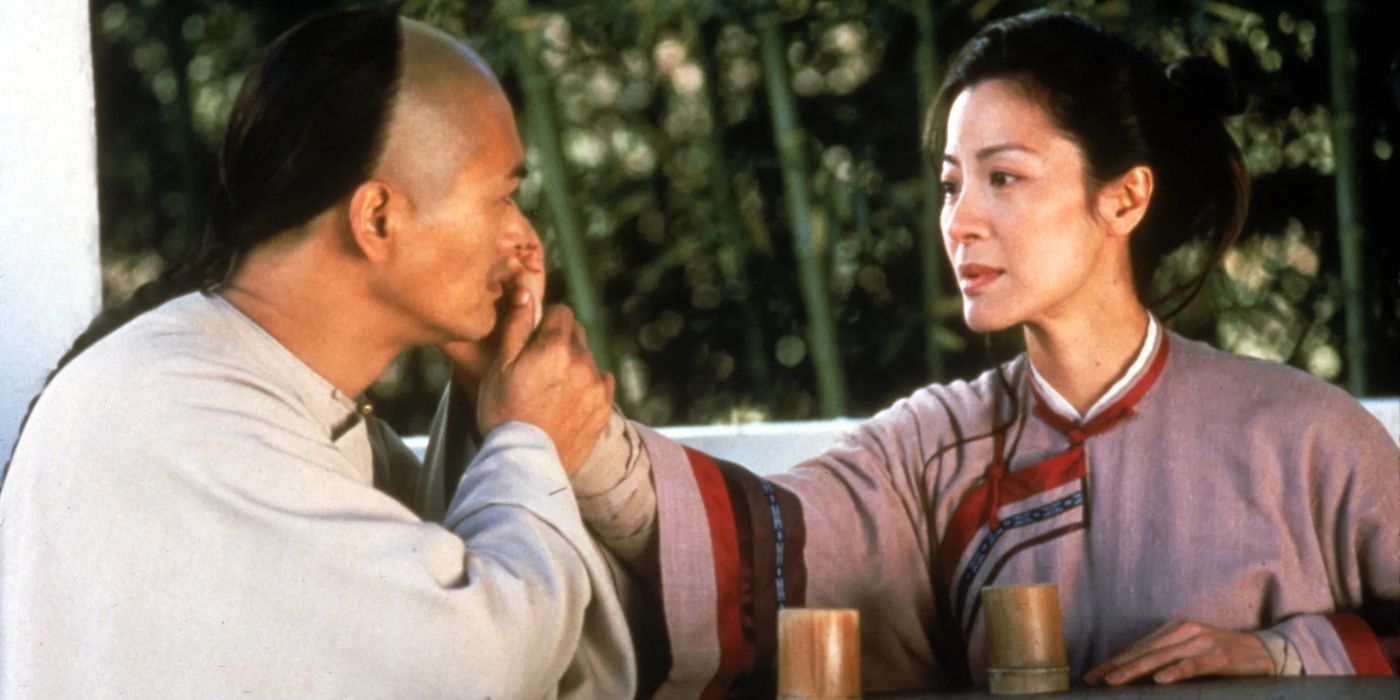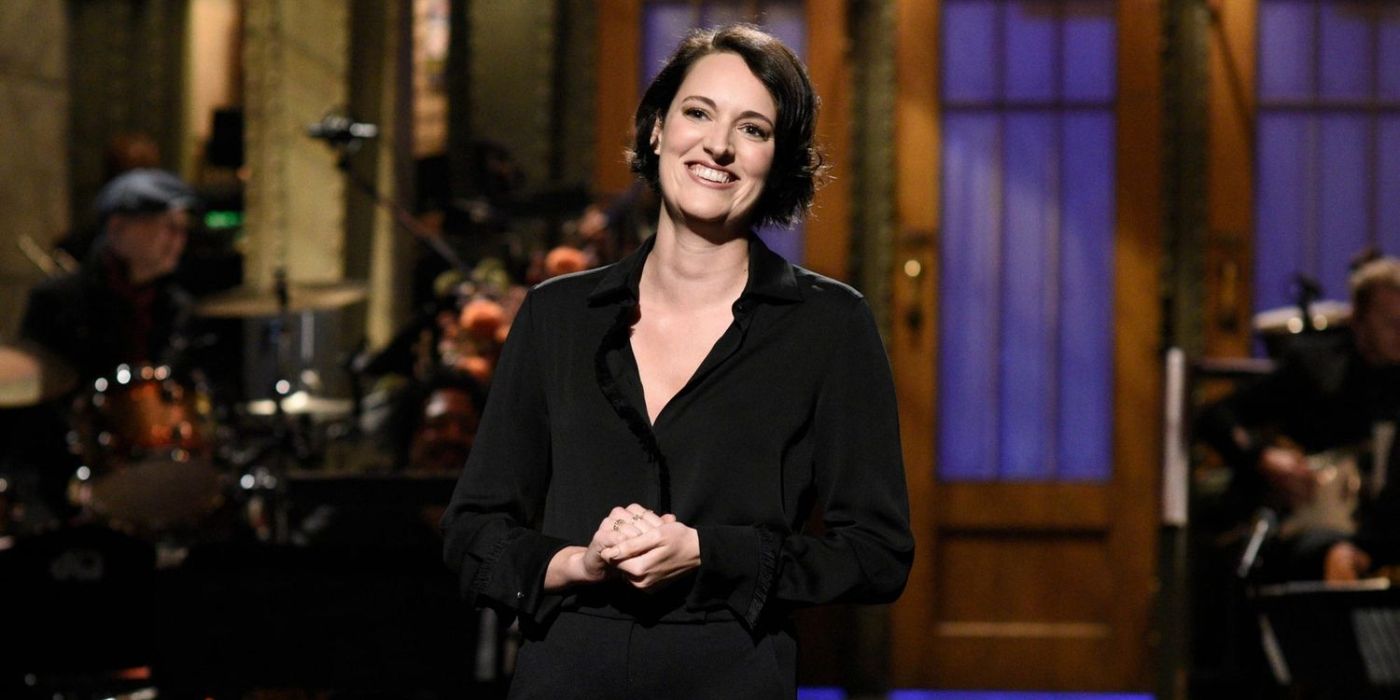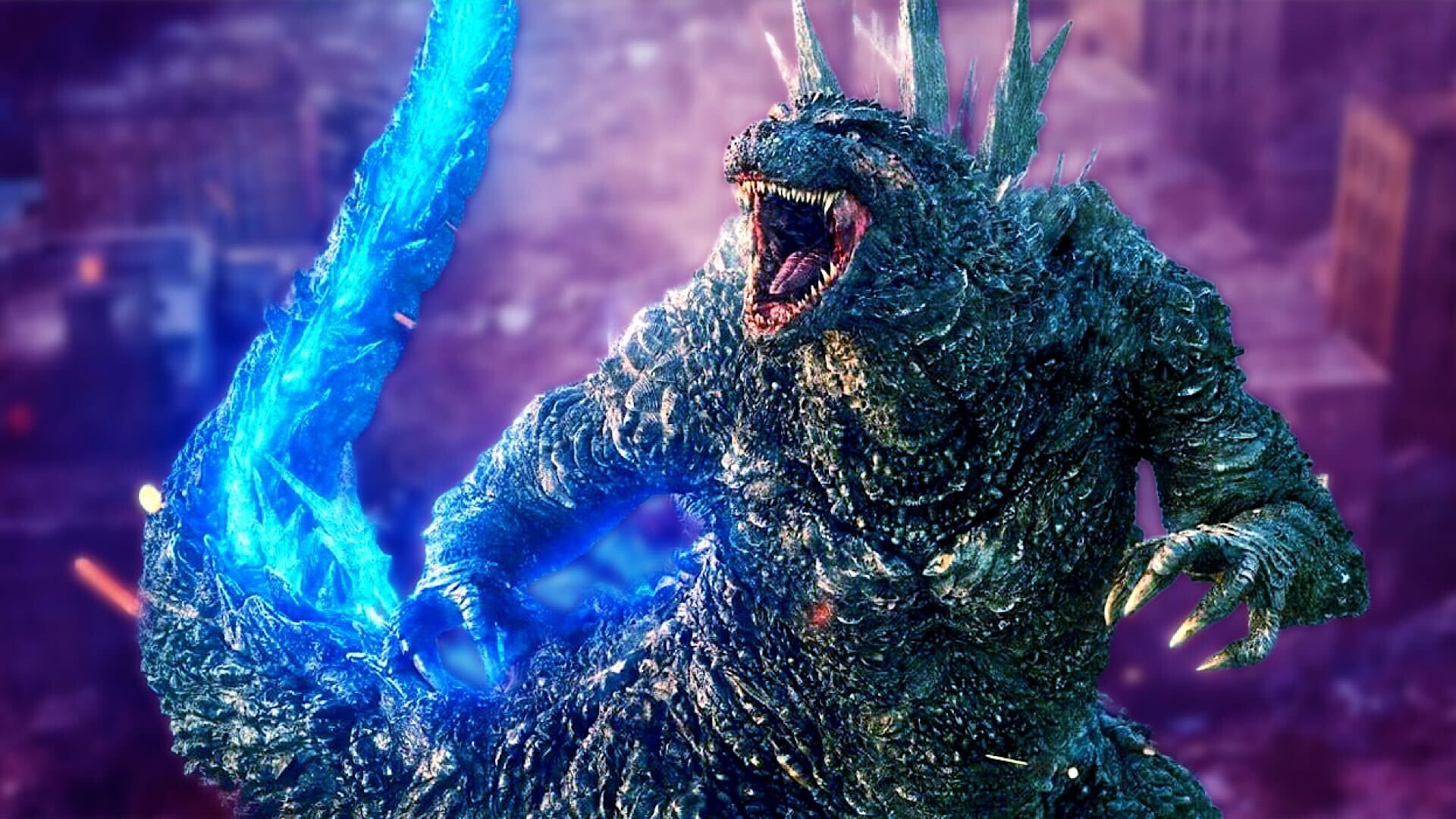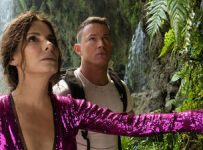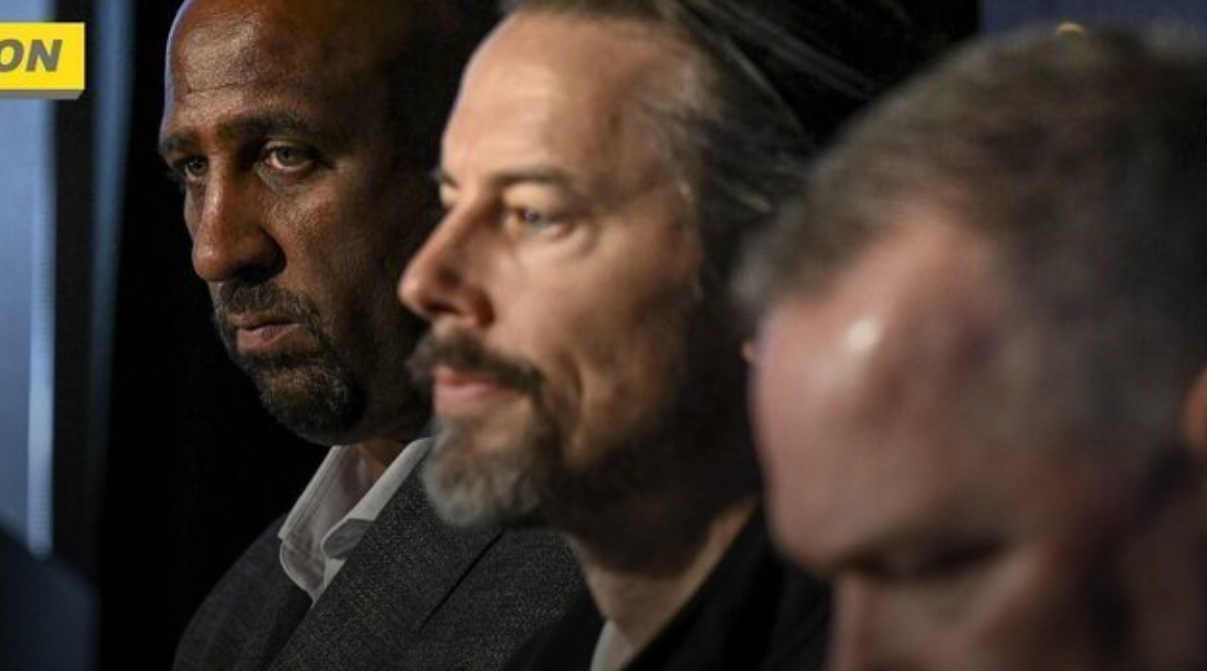Gunda, an expressive female pig, has just given birth to a litter of impossibly adorable piglets at a Norwegian farmstead. Their high-pitch squeals, as they all fight to feed at once, announce their first bonding session with mom and each other. From the moment we are invited into the hay-laden abode, our visual contact with her and her young is always up-close. Shot with natural light and a chiaroscuro sensibility, the black-and-white frames play with shadows and silhouettes.
With the camera close to the ground and moving swiftly about the open spaces, Kossakovsky and his co-cinematographer Egil Haaskjold Larsen prioritize the animals’ vantage point. Their visual language forces the viewer to experience the world at their eye level and not from a position of dominance. There’s a miraculous blend of craft and implicit cooperation in the astounding close proximity with which they immortalized all their non-verbal subjects—including an audacious one-legged chicken.
As the small flock of chickens survey a terrain steep in vegetation they appear to be explorers in a newfound land or astronauts on a foreign planet entering the unknown. There’s a sense of discovery in the way the hesitant winged friends roam around for what seems to be their first time out of a cage. Kossakovsky lets us into their secret lives; we are guests who get to wonder in their engagement with a freedom so often denied to them.
On the rare occasion of a wide shot, we witness Gunda’s domain or that of the supporting cast. This is of special relevance in an epic scene of cattle running without restraint, or as we see the energetic, juvenile hogs chasing after their mother. Time has passed and they are much bigger but just as playful. Each segment runs its course leisurely, substituting a zoology research with a reflective study.
Kossakovsky begets meaningful character development, at once disarming and unvarnished. It’s in the way the cows stare straight into the camera or how they help one another swat insects away, in how Gunda mothers her brood or placidly lounges in mud, or in how an angelical piglet bathed in the warm morning light curiously steps into the outdoors. “Gunda” operates with the spiritual grandeur of a Terrence Malick film and an underlying, non-militant plea to rethink our relationship with animals we have dismissed as subservient and only valuable in the measure that they serve as our food.
You can view the original article HERE.


